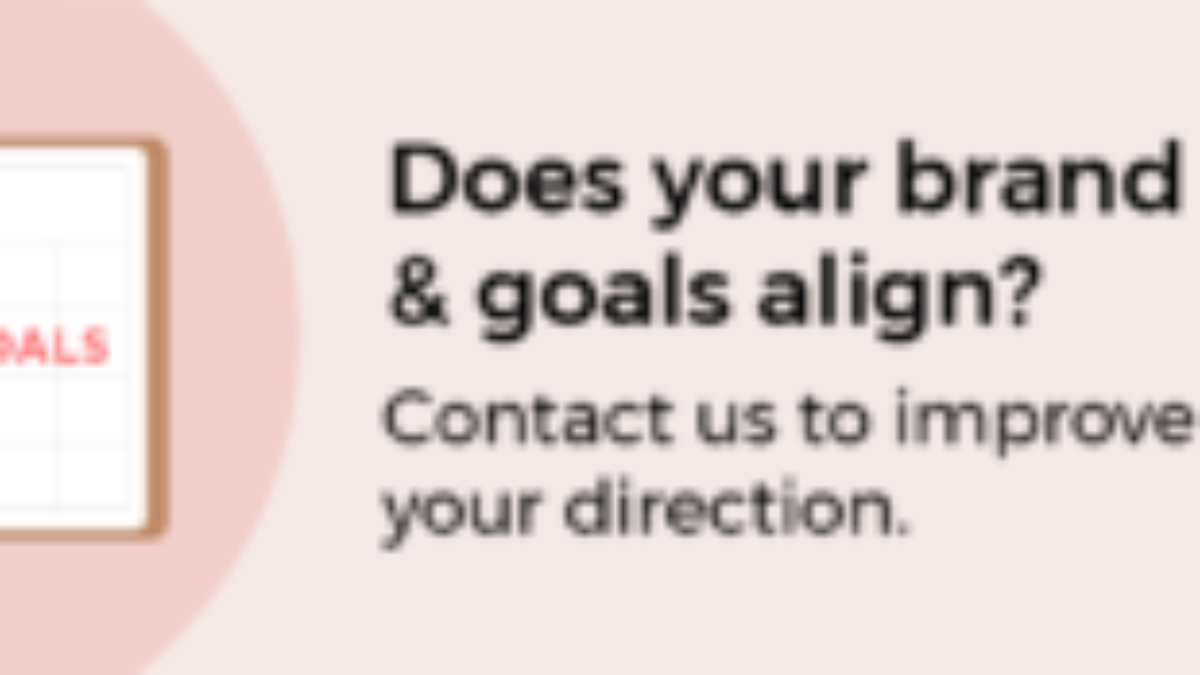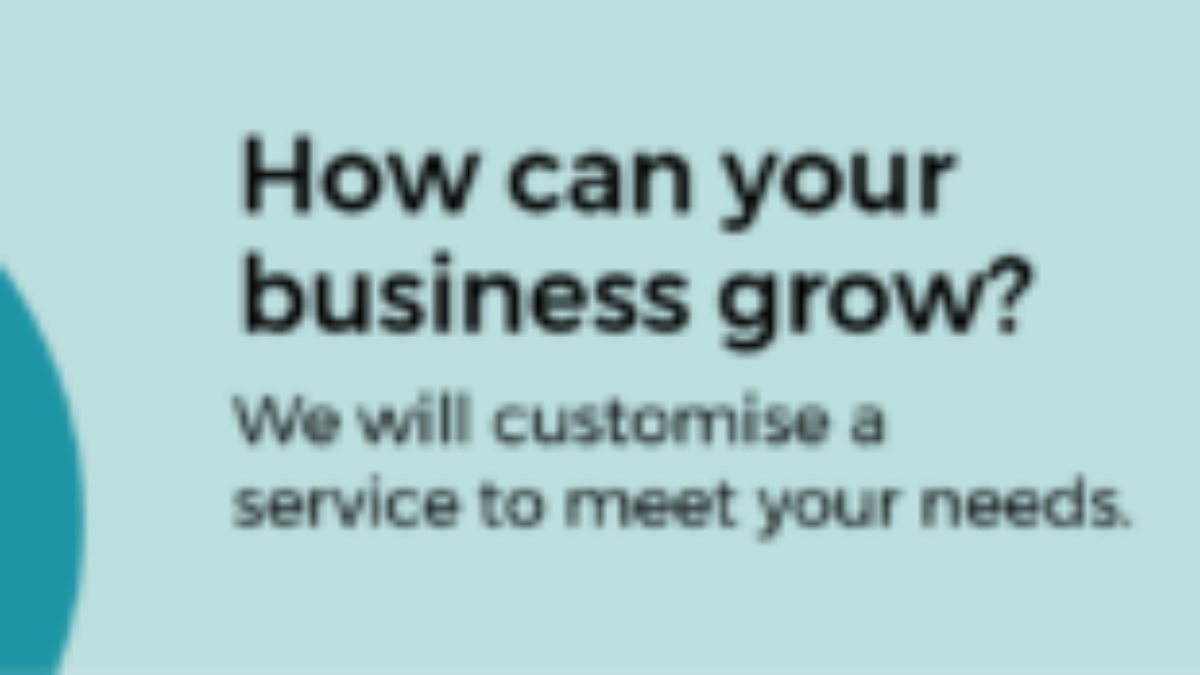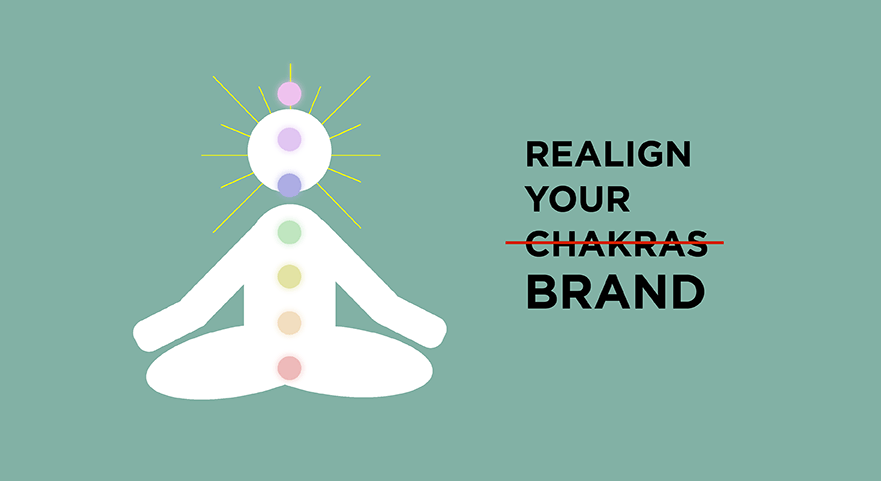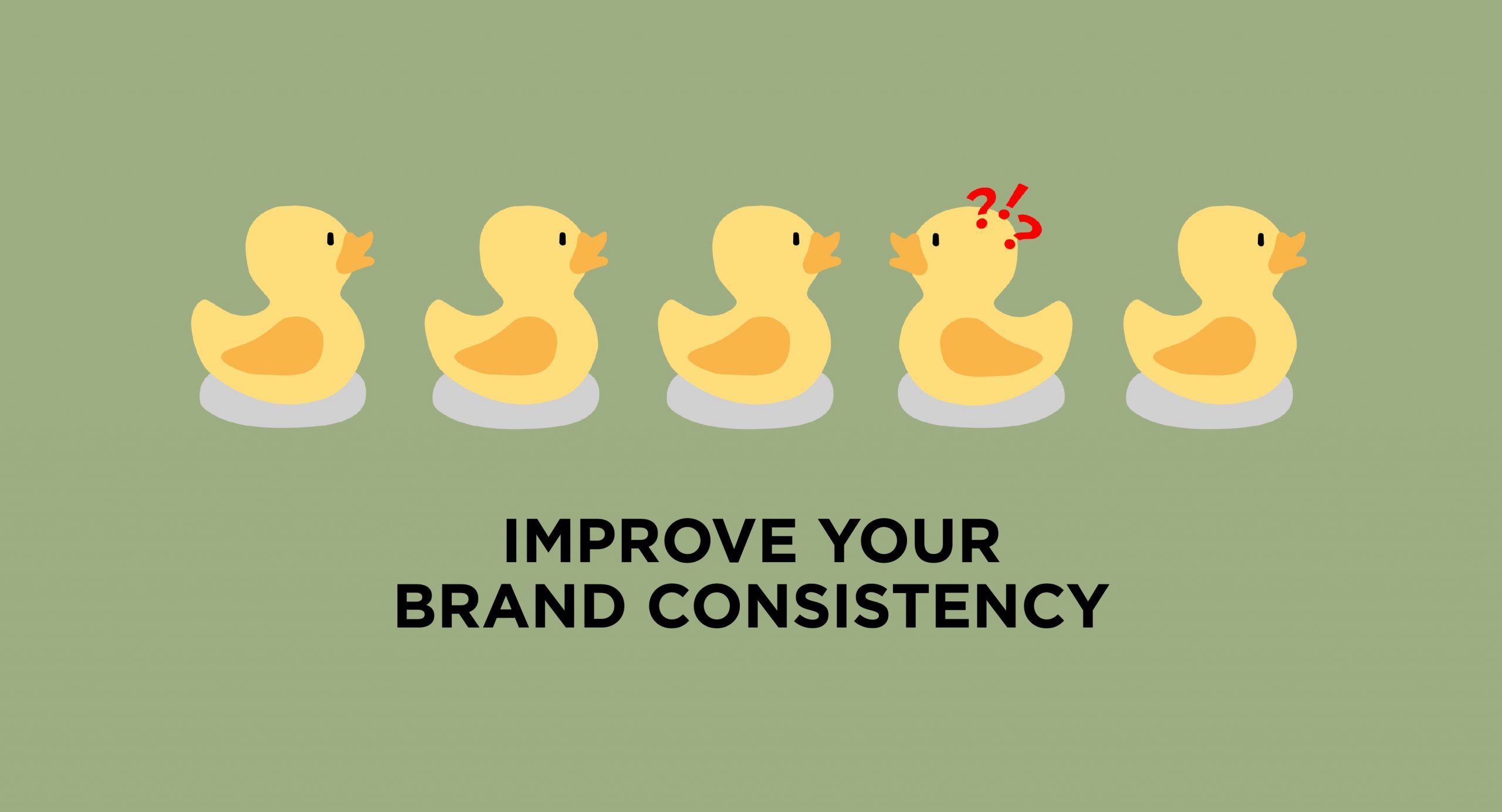BRANDING | POSTED ON 10.08.2020
Everything You Need to Know About Brand Guidelines | Advice From a Professional
Creating a successful brand is all about consistency. Your aim is to make your brand so recognisable that your customers need only catch a glimpse of anything you produce to know it’s yours. The way you get this instant recognition is with repetition, and lots of it. Your brand guideline will be at the core of everything that your designers, marketers, developers, and all customer-facing representatives do.
Without brand guidelines, your brand will suffer, or not even get off the ground. A robust set of guidelines will set you up for success. Here’s everything you need to know when you create yours.
What Is A Brand Style?
Brand style is how your brand looks to others. There are two critical components to this that you have got to get nailed down. These two components are writing style and visual style and these are the building blocks of your brand.
Writing Style
Any written communication you have with you customers should have a single voice. It should seem like every piece of content and copy associated with your brand was written by the same person. This is one of the main tools you have to build the relationship you have with your customer. There are a few considerations involved in building a coherent voice.
- Define Your Style Guide – For writers, a style guide tells them what decision to make whenever there is a choice. It tells them if they should write one or 1, it defines a stance on oxford commas, and it gives guidance on when and how to use emojis. The best option is to start with a standard guide, such as the AP Style and then adapt it to your preferences.
- Choose A Formatting Style – This means picking the types of bullet point you will always use, how will you make lists, and what style of quotes will you select.
- Describe Your Tone And Voice – Your writers need to know what characteristics their writing should have. Are you relaxed, professional, playful? Do you want colourful and flowery language, or do you value brevity?
Visual Style
Your visual style will define how your communications look. There are a lot of aspects to consider here as well.
- Colours – You need to decide not only which colours you will use but how you will use them. What colours are for titles, is the main content text in a different colour and which colour do you use for backgrounds? The more specific you are, the more useful this guidance will be.
- Logo – How do you use the logo? Where should it go on the page, and which version should be used in different types of media?
- Font – You need to know which font you will use. You will need to stick with it. This might seem like a small detail, but people are surprisingly sensitive to font choices.
The combination of your decisions around visual and written style are what make up your style guidelines. These are an essential set of instructions that inform and support your brand guidelines.
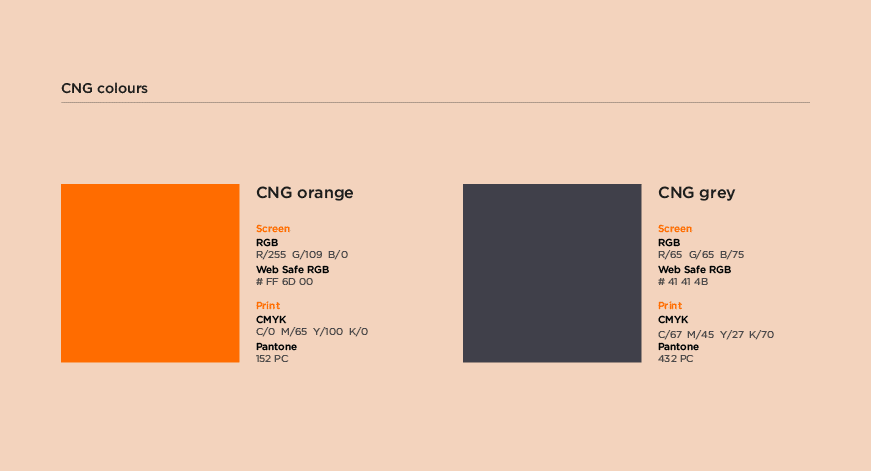
What are the keys to a strong brand identity?
A strong brand identity should be the starting point for your brand. It is what informs everything else. To have a strong brand identity, you need to have clear and comprehensive answers to some key questions about your business.
What do you offer that puts you ahead of your competition?
Who is your audience?
What is your mission?
What sort of personality does your company have?
Revisit your current brand identity
Your brand identity is not necessarily going to be a fixed thing. There may be external pressures that force your company to pivot, or you may realise that your target audience is not what you thought it was. For this reason, you must revisit your brand identity regularly to ensure that your understanding of your business is still accurate.
Identify your competition
When you are building your brand, research is vital. You need to know everything about your competition for two key reasons;
You need to make sure that you don’t end up looking like everyone else in your field. It is surprisingly easy for two companies to come up with very similar logos and branding when they are in the same area. If this happens, it dilutes both brands and weakens your position.
The other driver behind your research is gaining the knowledge of how to position yourself. You need to know what makes you stand out from your competitors, and how you compare in terms of price, value and quality. This information will tell you what messages you need to focus on.
Find some inspiration
A brand without personality is almost as bad as having no branding at all. If you don’t have something that excites you, how is it going to excite your customers? You need to make sure that you build your branding on an idea or an image that inspires you, your team and your customers.
Make a great brand story
Storytelling is a powerful tool. It is one of the fastest ways to forge a personal connection between your customers and your company. Your brand story shouldn’t be focused on marketing or selling; it should be focused on the personality of your company because that is what your customers will relate to.
A great brand story is simple. It presents a problem, proposes a solution and ends in success. A simple story builds trust because the reader predicts how it will go and is reassured when they are correct. Within this simple story structure, you have to opportunity to not only build trust but to show your customer that you understand them and you share the same values.
The power of a brand story lies in its ability to make your customers feel like that want to join you on your journey. So, the ending of your story must be crafted with care. It shouldn’t be a closed ending. It should be the start of a new journey into success. A journey that your customers can join you on.
Make a recognisable logo
Your logo is one of the shortcuts that your customer use to recognise your brand. It needs to stand out and drive a connection to your brand. The perfect example of this is McDonald’s golden arches. The McDonald’s M is an ideal logo. It is clean and straightforward, it stands out, and it gets you started on the brand name.
When you are designing your logo, keep in mind that it should be flexible because you are going to want to put this logo, in one form or another, on everything you can.
In reality, you not only need one primary logo, but you also need the variations of it that will work for every social media platform you use. You need it to work on packaging, business cards and letterheads. You need to think about a single colour version so that if a document is going to be photocopied, it doesn’t lessen the impact of the logo.
When designing your logo try and try and tick as many of these boxes as possible;
- Keep it simple
- Make it relevant
- Use negative space for extra punch
- Avoid cliches
- Active is better than passive
- Find something you love
- Know what it means
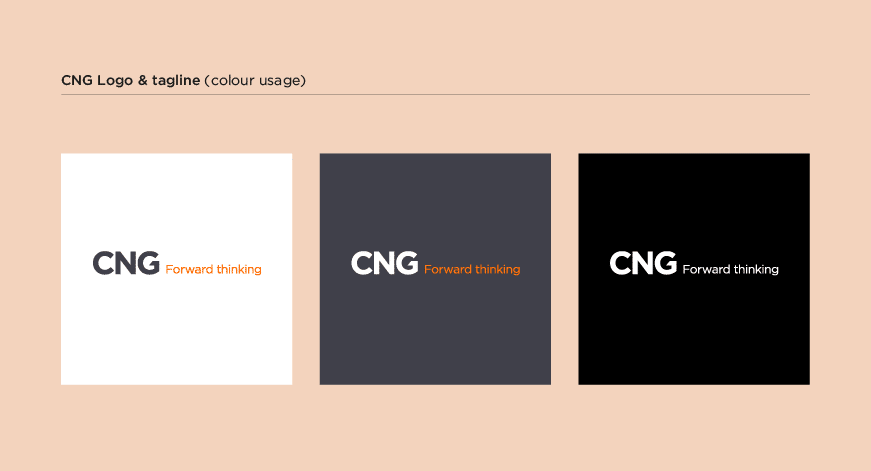
Choose your brand’s main colour scheme
Colours convey a lot of meaning. The colour you choose is going to tell a story about your brand. For example, red suggests a bold and vibrant brand. Silver might conjure ideas of technology and the future. Pastel shades indicate health and wellness.
The colours you choose for your brand will appear in all your media, so you need to select with care and be specific. Your starting point is to choose one primary colour that represents you. This is will likely be the colour found in your logo. You then need a secondary colour that adds depth and makes your primary colour’ pop’.
When you’ve chosen your colours, make sure that you are specific. You should have in your brand guidelines the RGB values for all digital media and the CYMK values for your print media.
Decide on guidelines for photography
A picture is worth a thousand words, so every photo you use needs to be carefully considered and curated. Just as your writers need guidance, so do your graphic designers and photographers. When it comes to images, you need to consider more than the content, although that is certainly a good starting point.
To create consistency, you need to outline expectations around composition, tone, palette, and representation. You need to articulate what your picture should look like and what story they will tell.
If your photos feature people, then you need guidelines to define what those people should look like. Every aspect of your photography needs to be intentional. When including people in your photography, you must consider race, ethnicity, age and gender. Your customers will undoubtedly be doing that when they look at your images.
Focus on how you illustrate your brand
Illustrating your brand is essential; it is a clear and easy way to clarify and drive to the heart of your messaging. That means you need to pick a style of illustration that suits and complements your brand identity. There are so many different styles of illustration that it is crucial to find one that matches your brand.
The average person will only read around 20% of any given webpage. That means that the illustrations are likely to have a much more significant impact. It’s these that will drive engagement and understanding of your messages. Bear this in mind when you choose the illustrations. Illustrations should not be considered an extra; they need to be a core part of your messaging.
Choose fonts that are similar to your brand’s style
Fonts set an instant tone. Different types of fonts will send different messages. For instance, Serif fonts like Times New Roman are classic and considered trustworthy. Handwritten style fonts like Pacifico feel informal and artistic. Slab Serif fonts like Courier New are bold and confident. You need to make sure the font matches the personality of your brand.
When you choose your font, you need to try and keep these considerations at the front of your mind.
- Is it memorable and unique?
- Is it easy to read?
- Does it work on every platform?
- Does it match your brand’s personality?

Improve your data visualisation
Data visualisation is increasingly important. When people want to digest information as quickly and efficiently as possible graphs, charts and infographics are invaluable. That means you need to decide on how you expect these things to look. Your data visualisation guidelines should form a part of your visual style guidance, but there are important enough to consider in-depth.
Some guidelines you might want to write include when colours will be used. For example, if you often compare yourself to a competitor, then always use the same colours for you and them.
Another suggestion is to give guidance on when to use different types of charts or graphs. For instance, when to pick a bar chart vs a line graph. Provide examples of how you want infographics to look. The same images and labels can be combined in a myriad of ways.
Be relatable to your main audience
At the heart of your brand guidelines, there should always be an awareness of who your target audience is. The whole point of defining your brand is to make sure that all your marketing efforts stick in the minds of your prospective customers. When you make your decision, they shouldn’t be about what you like but what your audience wants.
The best way to get this information is to talk to your target audience. Ask them for their opinions and preferences. Whenever you find yourself struggling to make a decision, then use market research to find the answer that is right for your audience. By using your audience as your constant reference point, you will end up creating a brand that speaks to the right people.
Make an attractive website
No matter what your business is or how big it is, a good website is an essential requirement. Most consumers start their buying journey with a Google search. When this brings them to your website, they will instantly begin to form opinions.
To make sure that they are the right opinions, you need to ensure that your website matches all of your other marketing materials. There should be no doubt that they are in the right place. This means applying all of your brand guidelines in the design of your website.
Good websites perform two main functions. They provide information, and they look good. It is key to the design of your website that it looks attractive. This will engage your customers and keep them on the page long enough to find the information they are looking for. If your website looks ugly, or out of date, then you will lose customers instantly.
The first impression counts, and it will be your website making many of your first impressions.
Produce informative videos
High-quality content is a crucial aspect of building your brand. This means more than just creating blogs and tweets. Video is one of the leading ways that customers engage with brands. They expect these videos to be engaging, slick and informative. If someone chooses to watch a video you put out, they expect to gain something from watching it. So, you need to ensure that the videos you produce, provide value, and speak with your brand voice.
Just like your writing, photography and illustrations, you should have clear style guidance for your video content as well. These guidelines should include instructions on
- Tone
- Language
- Colours
- Logo Usage
- Font
- Audio Style
A lot of these decisions will already have been made in other parts of your style guidance; however, it is best to be clear on your expectations on how they should be followed in video format.
One of the best ways to share your brand guidelines within your business is to lead by example. This means producing content that explains the guidelines and follows them. In other words, why not create a video to define your brand guidelines, that looks they way all your videos should?
Make sure that your style fits your business
Creating your brand guidelines involves creating a lot of different style guides. As you go through this process, you need to be sure that the styles you are codifying match the personality of your business. This whole process begins with identifying who and what your brand is about. So, you must keep returning to this to ensure you are on track.
One of the most important steps in the whole process is to review all the decisions you have made. This allows you to be sure that your decisions are consistent and that every choice is appropriate for your business and the message you intend to send.
Plan for your brand’s evolution
A brand is an ever-evolving entity. Once you create it, you need to spend time maintaining it and making adjustments to keep it relevant and effective. Your brand guidelines aim to help you create consistency.
However, as you make these guidelines, you need to bear in mind that your voice and image will need to change over time. It is inevitable. Even the most recognisable brands have changed and shifted over time. Just look at the evolution of the Apple logo.
So, make life easier for yourself and your team by planning ahead. You should view your guidelines as a living document. Make a schedule to revisit them. Keep them organised and efficient so that changes are easy to implement. Plan a system for how you will communicate and make changes within your business.
It is better to have a plan before you need to use it.
Related questions
Creating brand guidelines is not a simple process. It involves asking and answering a lot of questions about your business and your goals. It may also spark more questions as you go through the process.
What colours attract customers to buy?
Different colours work best in different situations. The correct colour to encourage your customer to buy will depend on who your customers are and what you are selling. When picking a colour, you should think about the message you want to send.
- Red is often associated with boldness and power. This makes it a good choice in B2B sales, and crowded marketplaces.
- Blue is considered a trustworthy colour. If you need to build trust with your customers to get them to buy from you, then blue is a solid choice.
- Pink is still very much associated with femininity. It is also a fun and exciting colour. So is a good choice as the primary colour for female audiences and an excellent secondary colour when you want to create feelings of joy.
- Green is the colour of growth and money. This makes it a good choice for investment firms or health and wellness brands.
- Purple adds class and sophistication. If you want to denote quality and exclusivity, then purple is the way to go.
- Silver is strongly linked with technology and the future. If you want your customers to focus on these aspects of your product, then silver is a good colour choice.
When you are choosing colours, you need to consider not only how it looks but also the feeling it evokes. Both the appearance and the unspoken message should align with your brand if you want to drive sales.
How do I build brand awareness?
Building brand awareness is about repeated exposure. You need to make sure that your customers see your brand consistently. It can take around eight exposures of a brand before people begin to recognise it. The key is that every time they see your brand, it should look and feel exactly the same. So the first step to building brand awareness is building consistency through clear brand guidelines.
Once you have your consistent look and tone, you can start getting your message out. The best way to build awareness is to engage with your customer base. This means putting out great value-filled content for free. By creating something interactive that adds value, you start to build a trusting relationship with your customers.
Offering freebies is a great way to draw people in. It’s also an excellent opportunity to get your logo out there. Advertising in a targeted manner is also useful. Social media and podcast adverts are great for this. Sponsorship and partnerships are ideal, especially for local businesses. The added bonus of sponsorship is that it gives you a story to tell about your brand. Stories are one of the best ways to build brand awareness and create relationships with your customers.
So, you build brand awareness by first building a brand and then getting it out in front of people as much as possible.

